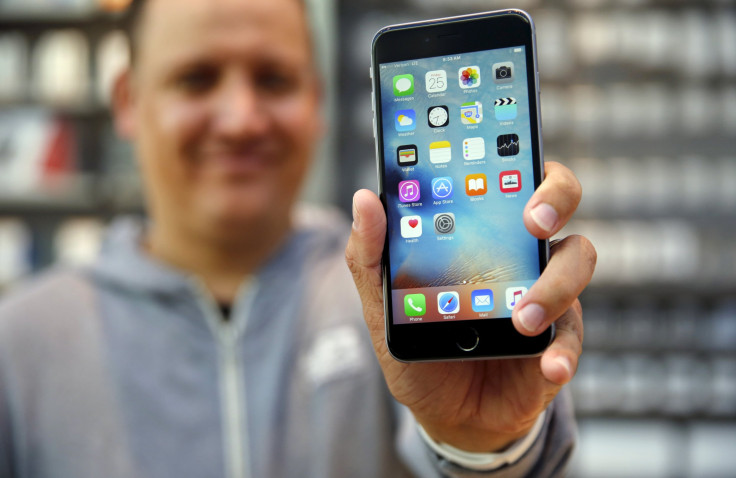Apple Developing Its Own OLED Screen Technology For Thinner And Brighter iPhones: Report

Just as Apple designs the chips for its iPhones and iPads in-house and outsources production of those chips to contract manufacturers such as Samsung and Taiwan Semiconductor Manufacturing Co. Ltd., a new report suggests that the California-based company is now attempting to repeat that process for the screens on its iPads and iPhones.
According to sources speaking to Bloomberg, Apple has established a secret production lab in northern Taiwan, 31 miles from the capital Taipei, which is staffed by display engineers working on next-generation versions of liquid crystal display (LCD) and organic light-emitting diode (OLED) screen technologies.
There are approximately 50 engineers working in the facility, which has been under Apple's control since April this year, according to records from the Hsinchu Science Park management office where the facility is based. Apple is also continuing to advertise for Taiwanese-based display engineers on LinkedIn, adding weight to Bloomberg's report.
Last week, a report said that Apple was seeking to put OLED screens into the 2018 version of the iPhone -- likely to be called the iPhone 8 based on current naming convention. Japan Display, a supplier of LCD panels for the iPhone and iPad, was said to be in talks with Apple for a possible OLED order. Apple has invested an unknown sum of money in one of Japan Display's LCD production plants, according to Reuters.
The OLED screens (which are already being used by Samsung in a number of its smartphones) would allow Apple to create thinner, lighter, brighter and more energy-efficient smartphones and tablets as the technology doesn't need a separate backlight to power the display.
Developing the technology in-house and outsourcing the production to contract manufacturers -- such as local companies like AU Optronics or Innolux Corp. -- would have the added benefits of cutting costs in the long term, while also providing Apple with displays produced to their exacting specifications.
The facility in Hsinchu Science Park has no outward signs that Apple occupies the building, but an Apple logo is emblazoned on the wall behind the reception and as at all Apple offices, guests are required to sign-in using an iMac, according to the Bloomberg report. Apple is notoriously secretive about its research and development facilities and has declined to confirm what it is doing at the facility in Taiwan.
While it has stuck with LCD technology for its iPhone and iPads until now, the company does use an OLED display -- supplied by LG -- in its Apple Watch. The South Korean company is also investing heavily in OLED technology and announced plans in November to spend $1.5 billion on a plant dedicated to building OLED screens.
© Copyright IBTimes 2024. All rights reserved.












